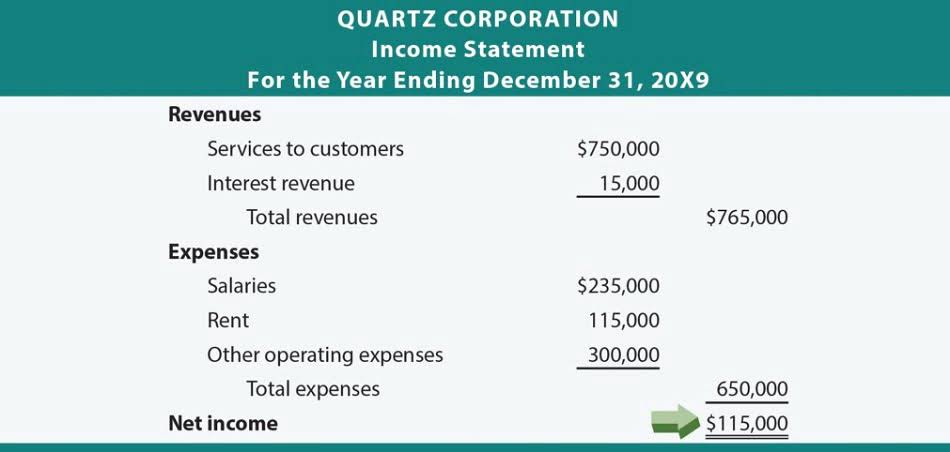19 sep What is a Stale Check?

In the United States, the Uniform Commercial Code allows banks to dishonor stale checks. https://seguridadseprotek.com/2023/09/29/navigating-international-accounting-standards-ifrs/ The bank receiving the check can return it to the paying bank and mark it unpaid. Lastly, if the payer has an account in the same bank, the bank may contact the payer for confirmation. At Eisen, we are committed to simplifying the escheatment process for financial institutions. Our Escheatment Hub automates key aspects of managing outstanding checks, ensuring effortless and reliable compliance.
- A check can be considered stale if it’s not cashed in the bank within 60 days, or it might never be considered stale, depending on various factors and bank rules.
- The Rynoh representatives made it easy to get signed on and set up to ensure compliance with the Best Practices requirements concerning escrow accounts.
- It may seem silly to urge a payee to cash a check, but it will save you administrative and accounting time and hassle down the road.
- Identifying a stale-dated check is crucial to managing outstanding stale-dated checks.
- This is because after six months, most banks and credit unions will refuse to cash checks as they consider them “stale” after this period of time has passed.
Escheatment for Healthcare Organizations: A Practical Guide to Compliance
Contact the federal agency that authorized the Treasury check and request a replacement1. One presented a long time, 6 months or more after the date of issue. Make sure to review your bank statement to ensure no checks you’ve written go stale. If a check you wrote is approaching the six-month stale dated meaning mark but still hasn’t been cashed, you’ll be able to spot it so that you can get in touch with the recipient. Stale checks are concerning for banks as considerable time has gone by between the check and payment date. Therefore, it causes suspicion on why the payer failed to present the check for that long.

Stale-Dated Checks Bank Checks 101
- Now, you might wonder, does this mean it just disappears into thin air like magic?
- The offers for financial products you see on our platform come from companies who pay us.
- Allowing a check to become stale increases the chances of the funds becoming unclaimed property.
- It doesn’t happen often, but sometimes a payee will never cash a check.
- It is an incredible tool to add to our checks and balances to being sure we catch all errors asap to stop the bleeding.
- Checks received from the US treasury, such as federal tax refunds, have a 12-month validity period after they are issued by the government.
So both issuer and receiver should have some procedure to prevent such an issue before it reaches the banks. Moreover, cheques are convenient because they can be post-dated, which means you can write a cheque today for payment next week, next month, or even next year. This can be helpful if you retained earnings balance sheet need to make a large payment but don’t have the funds immediately available. Finally, cheques offer a degree of safety that other methods of payment do not.

Stale Dated Checks: Managing Risks and Irregularities
When a new check is issued, it is important to confirm with the issuer that the original stale-dated check will not also be honored if it were to be presented. A stale-dated check is a payment instrument that has not been presented to a financial institution for collection within a reasonable or specified period after its date of issue. The concept exists to provide a timeframe for check validity, offering clarity for both the issuer and the recipient. It helps manage expectations regarding when funds might be withdrawn from an account.
- In the past, I spent 30 minutes to an hour reconciling bank statements each month.
- A stale check is owned by the recipient or the state, leaving the business without additional funds.
- This term underscores the importance of time in various fields and highlights the necessity of keeping items current and effective to serve their intended purpose.
- If you receive a stale-dated check, the first thing to do is to contact the issuer.
- This information may include links or references to third-party resources or content.
- My accounting department will speak to me at the end of the month because reconciliation no longer takes a week.
- Some banks may deposit checks if they have reason to believe that the issuer is legitimate and the company has enough funds in its account to cover the check.
- The six-month guideline serves as a standard reference for both financial institutions and account holders.
- Familiarizing yourself with each state’s specific regulations where you operate is crucial.
- There are a few ways you can determine if a check is stale-dated, whether you received the check or have concerns about a check you’ve written.
- Your bank might let you deposit the check, but the issuing bank can reject it.
If you find an expired check, your first action should be to call both your bank and the issuing bank to learn about their policies. However, it’s also possible that your bank might reject the check, and you’ll have to ask for a replacement. On the other hand, your bank might accept the check, but the issuing bank might still reject it.


